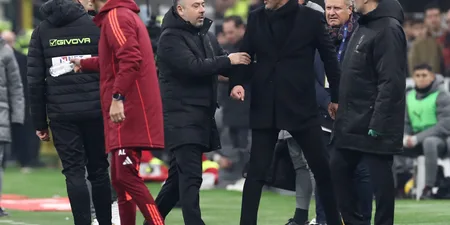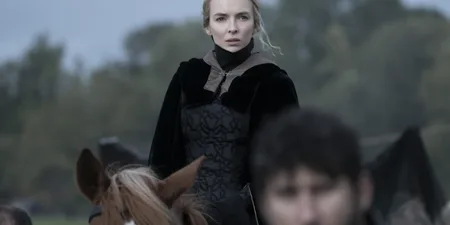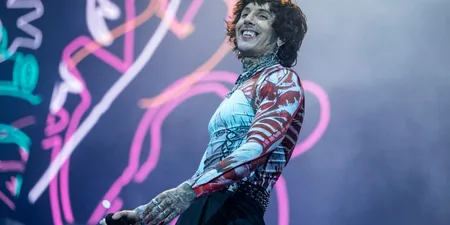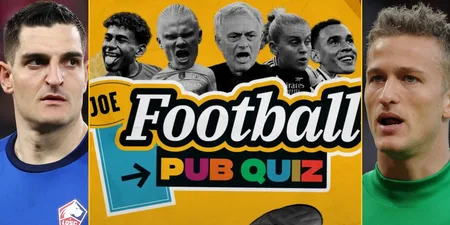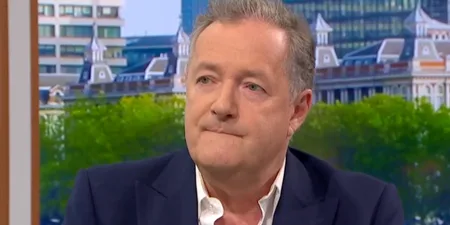There was something very Everton about a wealthy benefactor arriving at the club ahead of the very summer when the new TV deal meant every Premier League side was blessed with riches beyond their wildest dreams.
For the more fatalistic among their support, this was par for the course, as was a disappointing deadline day on which hopes were built up before being brutally knocked down. If there is any such thing as an easy route to success, it has rarely led out of Goodison Park in the modern era.
Sometimes, though, perception really does mask reality.
Everton did spend well this summer, they strengthened the positions that were most in need, none more so than the one filled by the manager, and the business were able to do should mean that their failings on September 1 when Moussa Sissoko was strangely pursued, before being embarrassingly missed, should be viewed as an experience to learn from rather than a damaging setback.

The idea that Everton were going to spend their way to glory armed with fortunes bestowed on them by Farhad Moshiri, their majority shareholder, was always a fanciful one.
Shortly after the British-Iranian businessman bought a 49% stake in the club last February, Roberto Martinez, their then manager, explained that Moshiri’s biggest impact would be to allow Everton to become more competitive by expanding their wage bill.
There was never any promise of untold riches being made available for a transfer market splurge, although it was clear that Everton would be in a better to compete than had previously been the case.

There was also the probability, one that would be realised, of John Stones leaving and the proceeds of his sale being made available to reinvest. But this was never going to be a summer of spend, spend, spend. The primary objective was always to improve Everton’s infrastructure and enhance the squad incrementally without getting caught up in a mad dash to buy anyone and everyone.

That process was not straightforward, however rationally it was implemented initially, and by the end of the window Everton’s incursions into the market began to look increasingly ragged.
Again, an element of this was inevitable. Not only did they have a new manager in Ronald Koeman, they also had a new director of football in Steve Walsh with both working alongside Bill Kenwright, the chairman who represented the old guard, and Moshiri, the new broom. This was not a well oiled machine clicking into gear, it was one in which each component part had to learn how the other operated at a time when pressure is particularly high.

As well as internal issues, Everton also had to cope with external factors that were, in some ways, new to them. Now perceived as a club with money at its disposal, agents beat a path to their door – some of whom even represented the players that they claimed to.
Everton also learned the hard way that the practice of players attracting interest from a club with a view to either getting a better contract from their existing employers or in order to provoke a rival offer from their preferred destination has become an art.
Sissoko and Axel Witsel were among those who used Everton in that manner but as other Premier League clubs had learned previously, this can be a price that you pay for being ambitious but, usually, you have no choice but to be in the race.
Crucially, the appointment of Koeman has allowed Everton to make the most of the playing resources that are made available to their manager. Regardless of the targets that were missed and the apparent shortcomings of the squad he inherited from Martinez, with a combination of astuteness and ruthlessness the former Southampton manager has immediately made Everton greater than the sum of their parts.
A clear playing style has been established which ensures they are much harder to score against than had previously been the case with their new-found defensive solidity stemming from the impact made by Ashley Williams, a £9 million signing from Swansea City, and Idrissa Gueye, a £7 million acquisition from Aston Villa.

Those two pieces of businesses alone have made Everton a much tougher proposition for opponents to play against.
But, as Leighton Baines highlighted in the aftermath of Everton’s impressive 3-0 win over Sunderland on Monday night, there is also a heightened sense that work done on the training ground will pay off in games, a feeling that had been lost in the latter months of Martinez’s reign.
“We are (now) clear on the fundamentals and we got fit,” the England international said. There is no need for any further explanation, Baines and the rest of his team mates are buying into Koeman’s methods in a way they had stopped doing with his predecessor.
There is also an additional element that should not be overlooked – the impact of a manager who will sacrifice anyone to get a result. At West Bromwich Albion, James McCarthy was substituted during the first half as Everton overturned a 1-0 deficit to win 2-1.
Then, in his most eye-catching move yet Koeman withdrew Ross Barkley at the interval on Monday night, at once sending a signal that even the biggest names are disposable and prompting an improvement in performance that led to a commanding win. This is management in all that it is supposed to be and Everton are the beneficiaries.

The ten points that they have harvested from their first four games of the season is an impressive enough haul but the biggest indication of their improvement under Koeman is that they have conceded only twice in those fixtures.
Last season, they shipped two goals in their opening game against Watford and their defensive weaknesses continued to be exposed until the campaign came to an end. With the addition of better personnel in key positions and a more clearly defined team structure that allows them to be more effective when out of possession, Everton look set to be harder to play against and harder to beat than they have at any time in the previous two seasons.
That alone should remove at least some of the fatalism that tends to accompany Everton and with Romelu Lukaku retained, reinvigorated and dovetailing with Yannick Bolasie there is no longer any reason for them to fear the worst. The season still has a long way to run but the early signs are promising.
Everton might not have got all that they had wished for in the transfer window but it looks like they got more than enough to be competitive and that in itself is a significant improvement.
More from Tony Barrett











